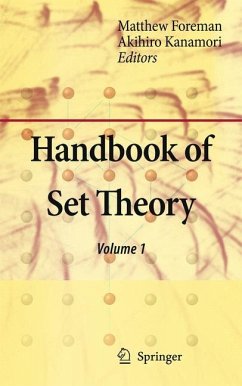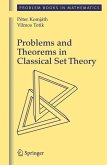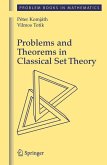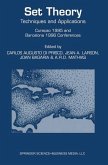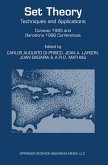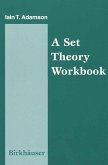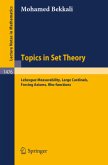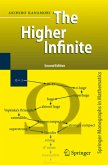This volume offers a compendium of the methods, results, and current initiatives in modern set theory. Written by experts in the field, this self-contained reference is essential reading for aspiring researchers and veteran theorists alike.
Numbers imitate space, which is of such a di?erent nature -Blaise Pascal It is fair to date the study of the foundation of mathematics back to the ancient Greeks. The urge to understand and systematize the mathematics of the time led Euclid to postulate axioms in an early attempt to put geometry on a ?rm footing. With roots in the Elements, the distinctive methodology of mathematics has become proof. Inevitably two questions arise: What are proofs? and What assumptions are proofs based on? The ?rst question, traditionally an internal question of the ?eld of logic, was also wrestled with in antiquity. Aristotle gave his famous syllogistic s- tems, and the Stoics had a nascent propositional logic. This study continued with ?ts and starts, through Boethius, the Arabs and the medieval logicians in Paris and London. The early germs of logic emerged in the context of philosophy and theology. The development of analytic geometry, as exempli?ed by Descartes, ill- tratedoneofthedi?cultiesinherentinfoundingmathematics. Itisclassically phrased as the question ofhow one reconciles the arithmetic with the geom- ric. Arenumbers onetypeofthingand geometricobjectsanother? Whatare the relationships between these two types of objects? How can they interact? Discovery of new types of mathematical objects, such as imaginary numbers and, much later, formal objects such as free groups and formal power series make the problem of ?nding a common playing ?eld for all of mathematics importunate. Several pressures made foundational issues urgent in the 19th century.
Hinweis: Dieser Artikel kann nur an eine deutsche Lieferadresse ausgeliefert werden.
Numbers imitate space, which is of such a di?erent nature -Blaise Pascal It is fair to date the study of the foundation of mathematics back to the ancient Greeks. The urge to understand and systematize the mathematics of the time led Euclid to postulate axioms in an early attempt to put geometry on a ?rm footing. With roots in the Elements, the distinctive methodology of mathematics has become proof. Inevitably two questions arise: What are proofs? and What assumptions are proofs based on? The ?rst question, traditionally an internal question of the ?eld of logic, was also wrestled with in antiquity. Aristotle gave his famous syllogistic s- tems, and the Stoics had a nascent propositional logic. This study continued with ?ts and starts, through Boethius, the Arabs and the medieval logicians in Paris and London. The early germs of logic emerged in the context of philosophy and theology. The development of analytic geometry, as exempli?ed by Descartes, ill- tratedoneofthedi?cultiesinherentinfoundingmathematics. Itisclassically phrased as the question ofhow one reconciles the arithmetic with the geom- ric. Arenumbers onetypeofthingand geometricobjectsanother? Whatare the relationships between these two types of objects? How can they interact? Discovery of new types of mathematical objects, such as imaginary numbers and, much later, formal objects such as free groups and formal power series make the problem of ?nding a common playing ?eld for all of mathematics importunate. Several pressures made foundational issues urgent in the 19th century.
Hinweis: Dieser Artikel kann nur an eine deutsche Lieferadresse ausgeliefert werden.
From the reviews:
"This Handbook is written for graduate students and researchers ... . The 24 chapters and a long introduction are written by acknowledged experts, major research figures in their areas. ... The Handbook is completed by an extensive Index." (Martin Weese, Zentralblatt MATH, Vol. 1197, 2010)
"This Handbook is written for graduate students and researchers ... . The 24 chapters and a long introduction are written by acknowledged experts, major research figures in their areas. ... The Handbook is completed by an extensive Index." (Martin Weese, Zentralblatt MATH, Vol. 1197, 2010)

